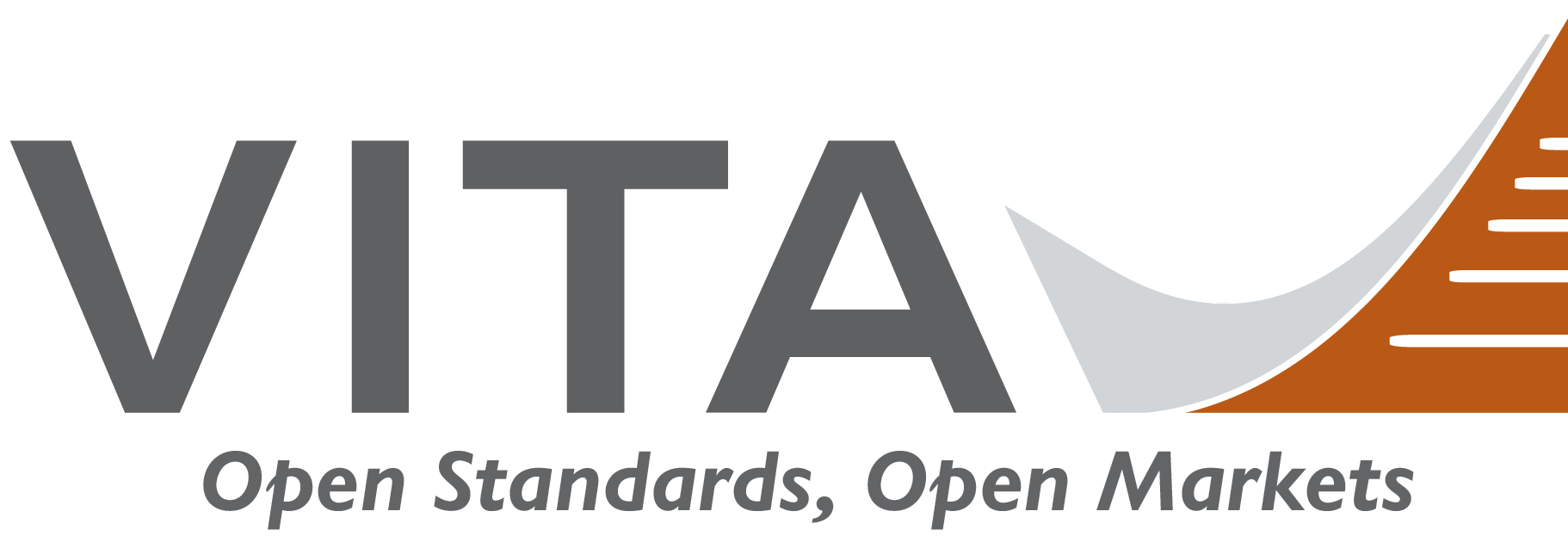Vi-ta [vee-tuh] | Critical Embedded Systems are everywhere . . . Become a leader in setting new directions! |
Observation Deck
One goal of the VITA community is looking at the direction our embedded computing industry is moving and helping to shape the path of critical embedded computing architectures. In this segment, we pose a future-looking question to the VITA membership and capture informed opinions to share and discuss further within our community.
Sharing ideas and opinions regarding our ecosystem growth is what keeps our organization vibrant and our standards relevant. If you have a topic within embedded computing on which you or others would want to share their views as VITA members, drop us a note at content@vita.com.
|
